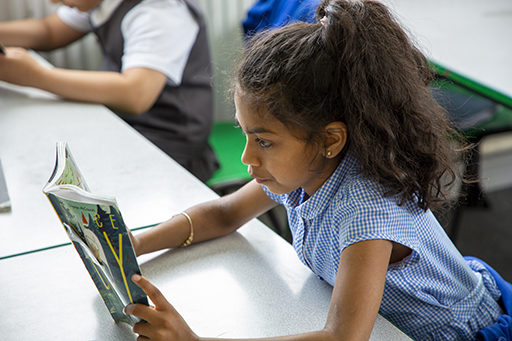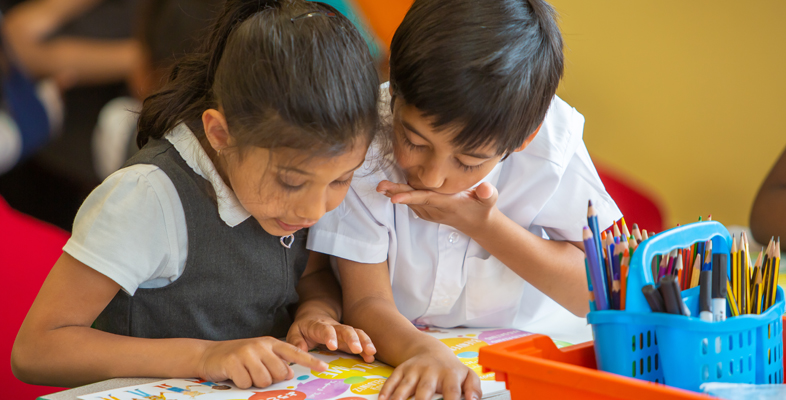2 Reading for Pleasure and children’s attainment
A growing body of research, both in the UK and internationally, highlights the educational benefits of children choosing to read for pleasure. For example, the five-yearly Progress in International Reading Literacy Study (PIRLS) measures 10-year-olds’ progress in reading in around 50 educational systems across the world. Data from the PIRLS studies have shown that children who express positive attitudes toward reading and who are motivated to read outside of school achieve higher scores on reading assessments (McGrane et al., 2017).
It stands to reason that children who enjoy reading tend to read more and thus become better at reading, yet choosing to read also impacts on children’s wider educational attainment. For example, Reading for Pleasure is positively associated with comprehension, grammar and wider vocabulary (Sullivan and Brown, 2015). In addition, it was found in one study of high school students in the USA that those who said they read for pleasure showed higher grade averages in not only English, but also Mathematics and Science subjects (Whitten et al., 2016).

Reading for Pleasure is also a tool for social justice and is recognised as a stronger indicator of future educational attainment than socio-economic status (OECD, 2021). Research has found that reading to 4–5-year-olds regularly to help develop a love of reading early, leads to higher levels of attainment in reading, mathematics and cognitive skills by the age 8–9 (Kalb and van Ours, 2013).
The educational benefits of children Reading for Pleasure therefore seem abundantly clear. However, in the next section you will read about some concerning statistics that suggest a decline in the number of children and young people who report enjoying reading and who choose to read in their free time.
